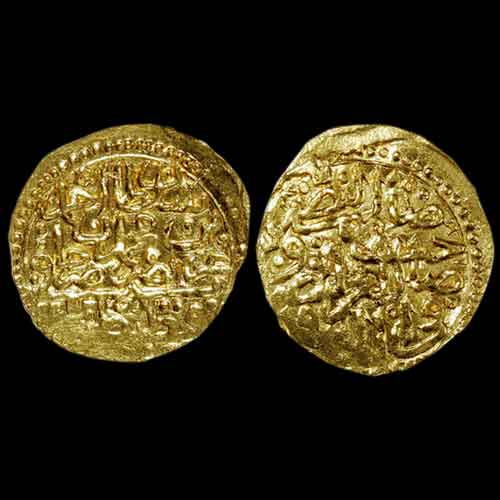Ahmed I: Ottoman Emperor
2018-04-18 Wed
Ahmed I was the Sultan of the Ottoman Empire from 1603 AD until his death in 1617 AD. Ahmed's reign is noteworthy for marking the end of the Ottoman tradition of royal fratricide; henceforth Ottoman rulers would no longer execute their brothers upon accession to the throne. He is also well known for his construction of the Blue Mosque, one of the most famous mosques in Turkey.Ahmed I was born 18 April 1590 at the Manis Palace, when his father Sehzade Mehmed was still a prince and the governor of the Sanjak of Manisa.
Ahmed ascended the throne after his father's death in 1603, at the age of thirteen, when his powerful grandmother Safiye Sultan was still alive. A far lost uncle of Ahmed, Yahya, resented his accession to the throne and spent his life scheming to become Sultan. Ahmed broke with the traditional fratricide following previous enthronements and did not order the execution of his brother Mustafa.
Instead Mustafa was sent to live at the old palace at Bayezit along with their grandmother Safiye Sultan. This was most likely due to Ahmed's young age - he had not yet demonstrated his ability to sire children, and Mustafa was then the only other candidate for the Ottoman throne. His brother's execution would have endangered the dynasty, and thus he was spared.
He was known for his skills in fencing, poetry, horseback riding, and fluency in several languages.
Depicted here is the gold Atin of the Ahmed I with Persian legend ‘Al-Sultan Ahmed Bin Mehmed Han Dame Mulk Zarb Fi Qustantiniyah’ engraved on its obverse.
Image Courtesy: Mintage World
Latest News
-
Gold Pagoda of Vijaynagar Empire King Deva Raya I
2024-04-10 WedKing Deva Raya I of the Vijayanagara Empire was a patron of Kannada literature and architecture. He ...
-
Silver Denarius of Septimus Severus
2024-04-05 FriLucius Septimius Severus served as the Roman emperor from 193 to 211 AD. Severus sat on the throne o...
-
Extremely rare 'Malaharamari' type Gold Gadyana of King Guhalladeva-III Sold for INR 611000
2024-04-03 WedTribhuvanamalla, also known as Guhalladeva III, was the ruler of the Kadamba dynasty. His reign coin...
-
90 Years of RBI
2024-04-02 TueOn 1st April, PM #Modi unveiled a special commemorative coin marking 90 Years since the foundation o...
-
Silver Denarius of Julia Mamaea
2024-04-02 TueJulia Avita Mamaea, a Christian Syrian noblewoman, was the mother of Roman Emperor Alexander Severus...

